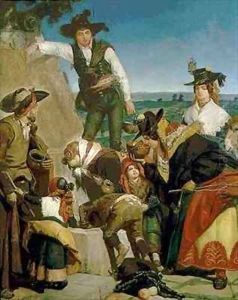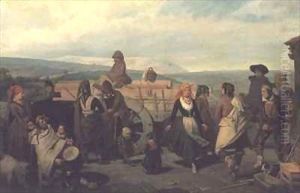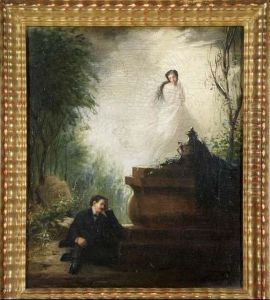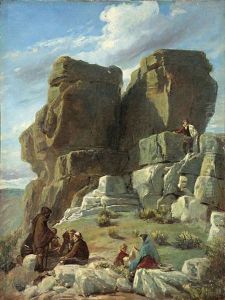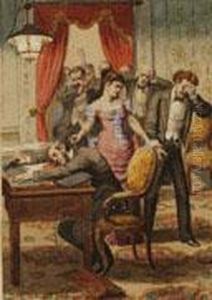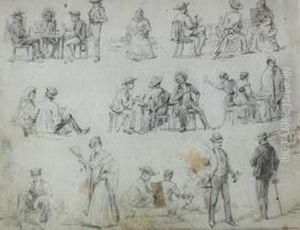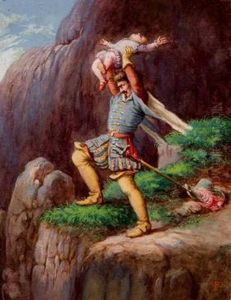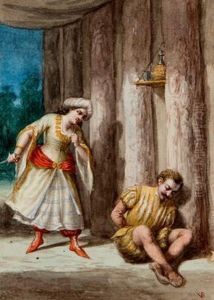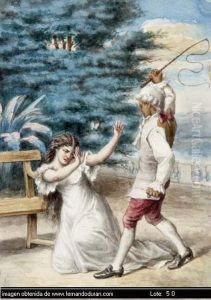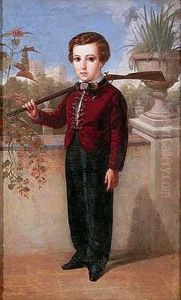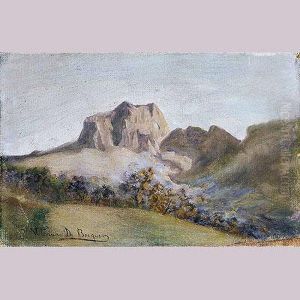Valeriano Dominguez Becquer Paintings
Valeriano Domínguez Bécquer was a notable Spanish painter and graphic artist, part of the Romantic movement that swept through Europe in the 19th century. Born on December 15, 1833, in Seville, Spain, Valeriano was deeply influenced by the rich cultural and artistic heritage of his hometown. He was the brother of the famous poet Gustavo Adolfo Bécquer, with whom he shared a close bond and mutual influence in their artistic endeavors.
Valeriano's early life was marked by his passion for the arts, which was nurtured within a family that valued creativity and artistic expression. Despite the financial hardships that his family faced, Valeriano's talent was evident, and he began formal training in art at a young age. His studies took him to Madrid, where he was exposed to the works of great masters, further fueling his desire to pursue a career in the arts.
Throughout his career, Valeriano Bécquer's work was characterized by its romantic sensibility, with a focus on landscapes, historical scenes, and folklore. He was particularly adept at capturing the mystical and eerie aspects of Spanish folklore and legends, a theme that resonated with the Romantic movement's fascination with the supernatural and the sublime. His illustrations for his brother Gustavo's literary works, especially the 'Rimas y Leyendas', are among his most celebrated contributions to the arts, blending visual and literary romanticism in a way that left a lasting impact on Spanish culture.
Despite his talent and contributions to Spanish art, Valeriano's life was plagued by financial difficulties and health problems. His work did not gain the recognition it deserved during his lifetime, and he struggled to support himself through his art. Valeriano Domínguez Bécquer died in poverty on September 23, 1870, in Madrid, at the age of 36. His death marked the loss of a talented artist who, despite the brevity of his life and career, made significant contributions to the Romantic movement in Spain.
Today, Valeriano Bécquer's legacy lives on through his works, which are studied and admired for their emotional depth and artistic beauty. His paintings and illustrations continue to be celebrated for their unique blend of romanticism and realism, offering a window into the cultural and historical landscape of 19th century Spain.
